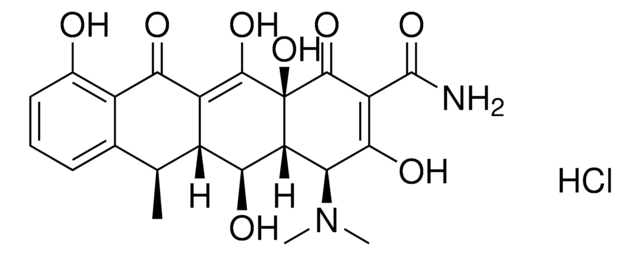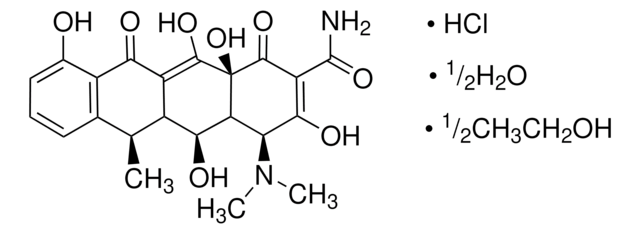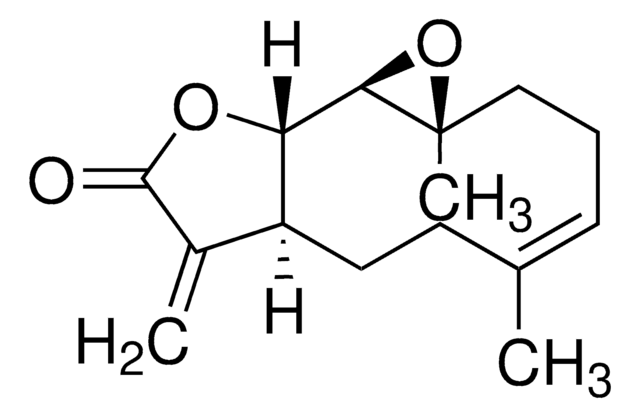ABS1656
Anti-VPS4B (UT292)
serum, from rabbit
Synonym(s):
Vacuolar protein sorting-associated protein 4B, Cell migration-inducing gene 1 protein, Protein SKD1, Suppressor of K(+) transport growth defect 1
About This Item
Recommended Products
biological source
rabbit
Quality Level
antibody form
serum
antibody product type
primary antibodies
clone
polyclonal
species reactivity
human
technique(s)
immunocytochemistry: suitable
western blot: suitable
NCBI accession no.
UniProt accession no.
shipped in
ambient
target post-translational modification
unmodified
Gene Information
human ... VPS4B(9525)
Related Categories
General description
Ref.: Scheuring, S et al. (2001). J. Mol. Biol. 312, 469-480.
Specificity
Immunogen
Application
Western Blotting Analysis: A representative lot detected the VPS4B target band in lysate from untransfected, but not VPS4B shRNA-transfected HeLa cells (Morita, E., et al. (2010). Proc. Natl. Acad. Sci. U.S.A. 107(29):12889-12894).
Quality
Western Blotting Analysis (WB): A 1:1,000 dilution of this antibody detected VPS4B in 10 µg of HEK293 cell lysate.
Target description
Other Notes
Not finding the right product?
Try our Product Selector Tool.
Storage Class Code
12 - Non Combustible Liquids
WGK
WGK 1
Certificates of Analysis (COA)
Search for Certificates of Analysis (COA) by entering the products Lot/Batch Number. Lot and Batch Numbers can be found on a product’s label following the words ‘Lot’ or ‘Batch’.
Already Own This Product?
Find documentation for the products that you have recently purchased in the Document Library.
Our team of scientists has experience in all areas of research including Life Science, Material Science, Chemical Synthesis, Chromatography, Analytical and many others.
Contact Technical Service





